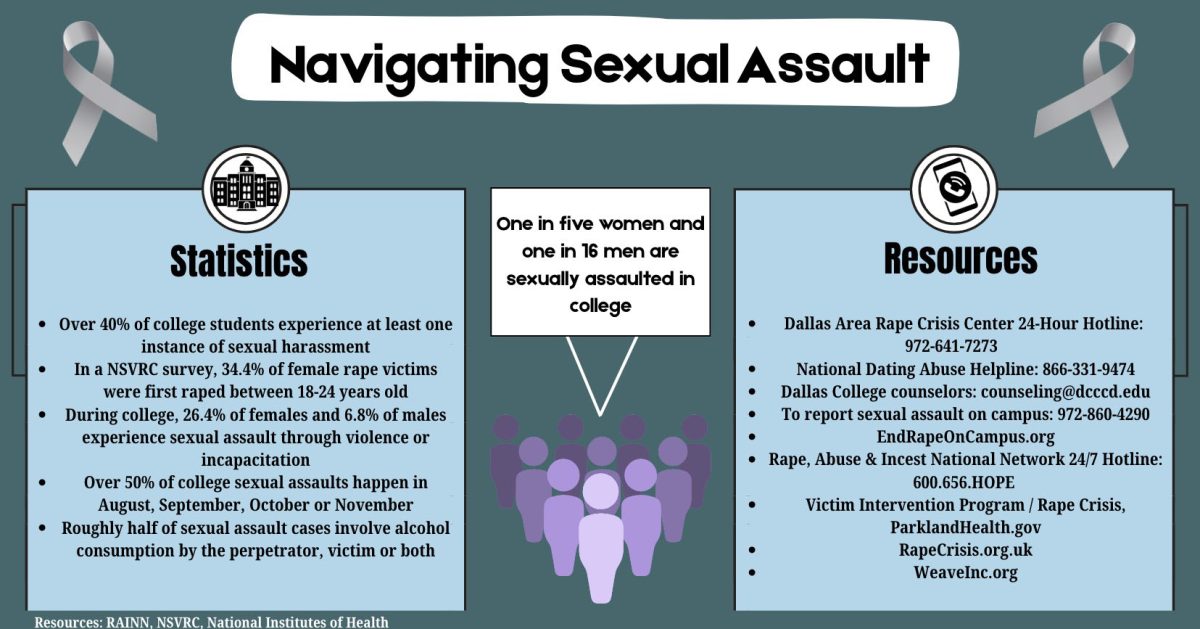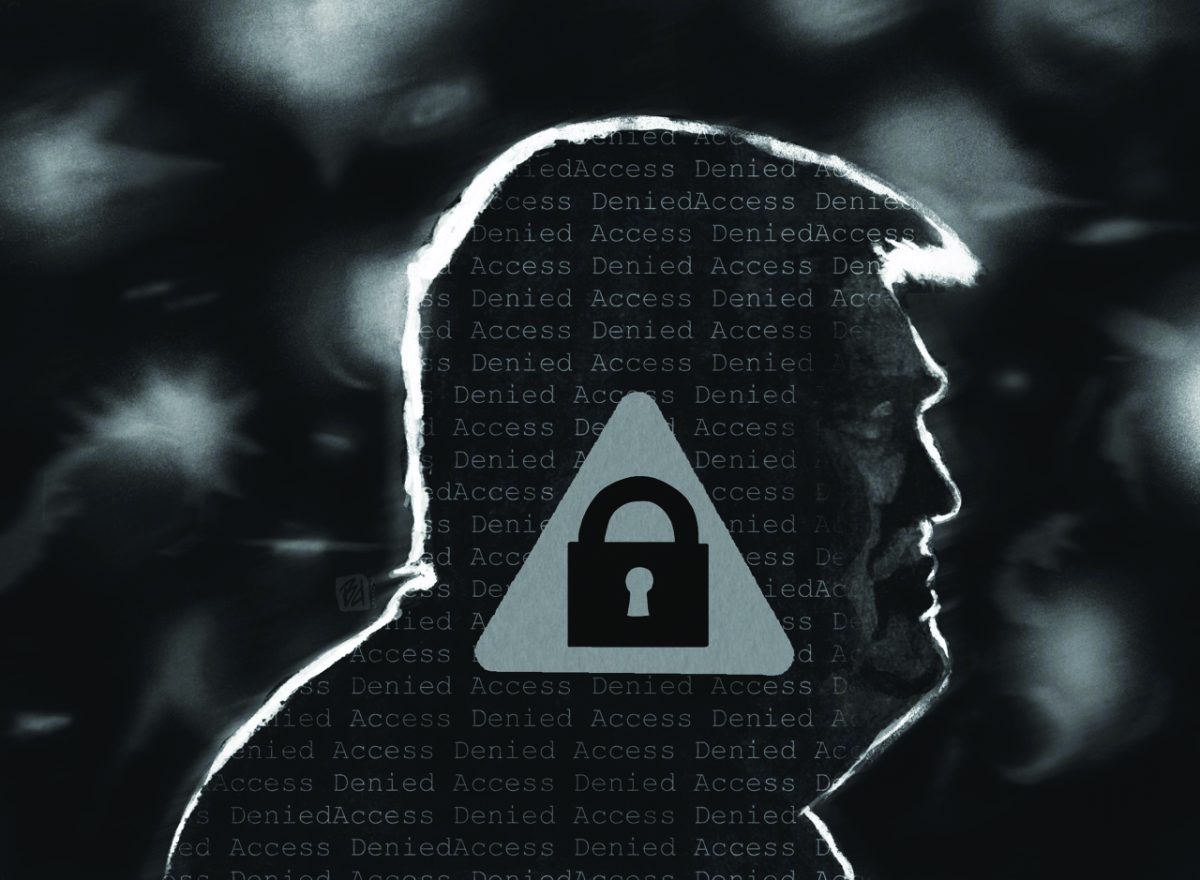
By Morgan Hanson
Senior Staff Writer
According to the Department of Justice, violent extremists are individuals who support or commit ideologically motivated violence to further political goals.
But this definition is far too broad. To fight violent extremism, effectively, we must define it much more precisely.
Police officers sometimes use force, too, to stop a crime or maintain the peace. They are empowered to do this by the legal framework built on the U.S. Constitution, itself an ideologically motivated document written by people who were essentially violent extremists, at least for their time.
The American ideology is as radical as ideologies get. What could possibly be more radical than guaranteeing fundamental rights to every member of a society?
Compared to every other system of government that had come before it, our system of governance was the most extreme of all.
Yet the U.S. unequivocally condemns ideologically motivated violence, according to the Department of Homeland Security Strategy for Countering Violent Extremism.
David Griggs, a Brookhaven College adjunct professor of criminology and Dallas County attorney, said: “American – or I should say Western – concepts of freedom, they all respect individual rights and the ability to do what you can in society … You could certainly consider that an ideology.”
An ideology is a system of ideas or ideals, especially about human life or culture, according to Webster’s Dictionary. Simply, ideology is a set of beliefs, usually associated with a group. “It is how you think,” Griggs said. “It is what you base your system of thinking on.”
“We all believe in freedom,” Griggs said. “If you are an American, that’s kind of a basic bedrock of being an American, respecting the freedom that we are given through our Constitution.”
In the public discourse of the U.S., two commonly mentioned ideologies are communism and fascism. Communism, a system in which goods are owned in common and available to all as needed, was the foundational ideology of the Soviet Union during the Cold War.
Fascism, an authoritarian and hyper-nationalist system of government, was the ideology of Nazi Germany during World War II.
When it is framed this way, it is easy to think ideology is a bad thing. But not all ideologies are bad: the U.S.’ foundational ideology is proof.
In 2011, the White House released the country’s first strategy to address ideologically inspired violence, “Empowering Local Partners to Prevent Violent Extremism in the United States,” which laid out the definition of violent extremism.
In 2015, then-President Barack Obama’s administration hosted the Summit on Countering Violent Extremism, or CVE.Three main aspects of the CVE program are community engagement, law enforcement training and counter-propaganda aimed at extremist narratives, according to the official summit fact sheet.
One of the goals of the CVE program is to counter extreme narratives, and yet the CVE’s own narrative is unsound.
President Donald Trump’s White House has faced criticism for its handling of CVE infrastructure.Critics have argued the administration does not do enough to target domestic right-wing extremist groups.
However, the program is largely the same in orientation as the Obama administration’s, according to Lawfare, a blog focused on legal policy.
A spokesperson for the FBI’s Dallas field office said preventing terrorism both domestically and abroad continues to be a priority. She declined to comment on whether the CVE strategy was used in training.
“We have a history of bringing our concept of freedom and liberty to countries we once were at war with – you know, when we helped rebuild them,” Griggs said.
That sounds like using violence in order to achieve political goals, which sounds like violent extremism to me. The only difference in those situations was that we happened to like the ideology that was being, in some circumstances, violently enforced.






